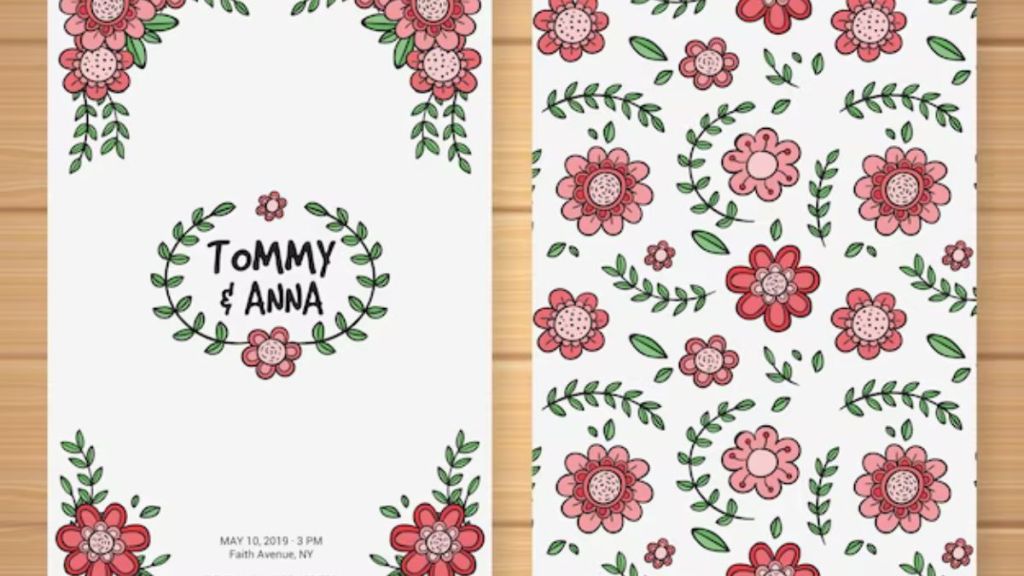By Megha Adhikari
While online greeting cards have become a norm in today’s world of instant communication, industry executives said that the market for traditional cards is making a comeback as features like 3D printing, customised messaging, are becoming unique selling points.
For instance, FNP (formerly Ferns N Petals) has embraced quirky designs and pop art. “There’s also a shift towards eco-friendly cards and we are embracing green practices to meet this demand,” said Vikaas Gutgutia, founder and MD, FNP.
Archies has revamped the size and format of greeting cards, introducing creative shapes, especially for its Valentine’s Day range, said executive director Varun Moolchandani.
Meanwhile, as buyers look for cards tailored to specific sentiments and occasions, the demand for customised cards has surged.“Adding personal touches such as photos, names, or specific messages elevates a card to a cherished memento,” said Gutgutia.
“The demand for customised greeting cards has remained consistent post-Covid. While the overall greeting card market has faced fluctuations, the customised segment has proven resilient, capturing 2% of total card sales at Archies. This reflects a discerning consumer base that values the ability to tailor cards to their specific sentiments and occasions,” said Moolchandani.
While birthdays and anniversaries dominate FNP’s card-gifting occasions, Archies notes the rising popularity of Women’s Day cards and the enduring appeal of age cards, rakhi, wedding, and anniversary cards.
Nisha Sampath, managing partner at Bright Angles Consulting, believes there is potential to revive the custom of giving physical greeting cards. “As digital greetings proliferate, the rare hand written card will be treasured and will stand out on important occasions, like for marriage proposals, note of appreciation from a boss or an employer etc,” he said.
This year, Archies sold 984,000 traditional New Year greeting cards, marking a 2% increase from the year before. “In the next decade, the greeting card industry is anticipated to expand, projecting a CAGR of 0.9% from 2023 to 2030,” Moolchandani said.
The greeting card market in India is estimated to be around Rs 200 crore, in terms of consumer spend. While the unorganised market is close to 40%, the organised sector controls 60% of the market, divided between ITC, Archies and Hallmark. “Archies has a share of around 30% of India’s greeting cards market,” Moolchandani added.
To thrive in an increasingly paperless world, brands must diversify their range. “Traditional greeting card brands should expand their greeting-related portfolio of products to include flowers, chocolates, etc,” said Samit Sinha, founder and managing partner at Alchemist Brand Consulting.
Going forward, greeting cards also need to embrace pop culture in a big way – the memes, jokes, cartoon characters, anime. “This is very important when appealing to the younger generation, whose taste will keep evolving as they grow,” Sampath added.

